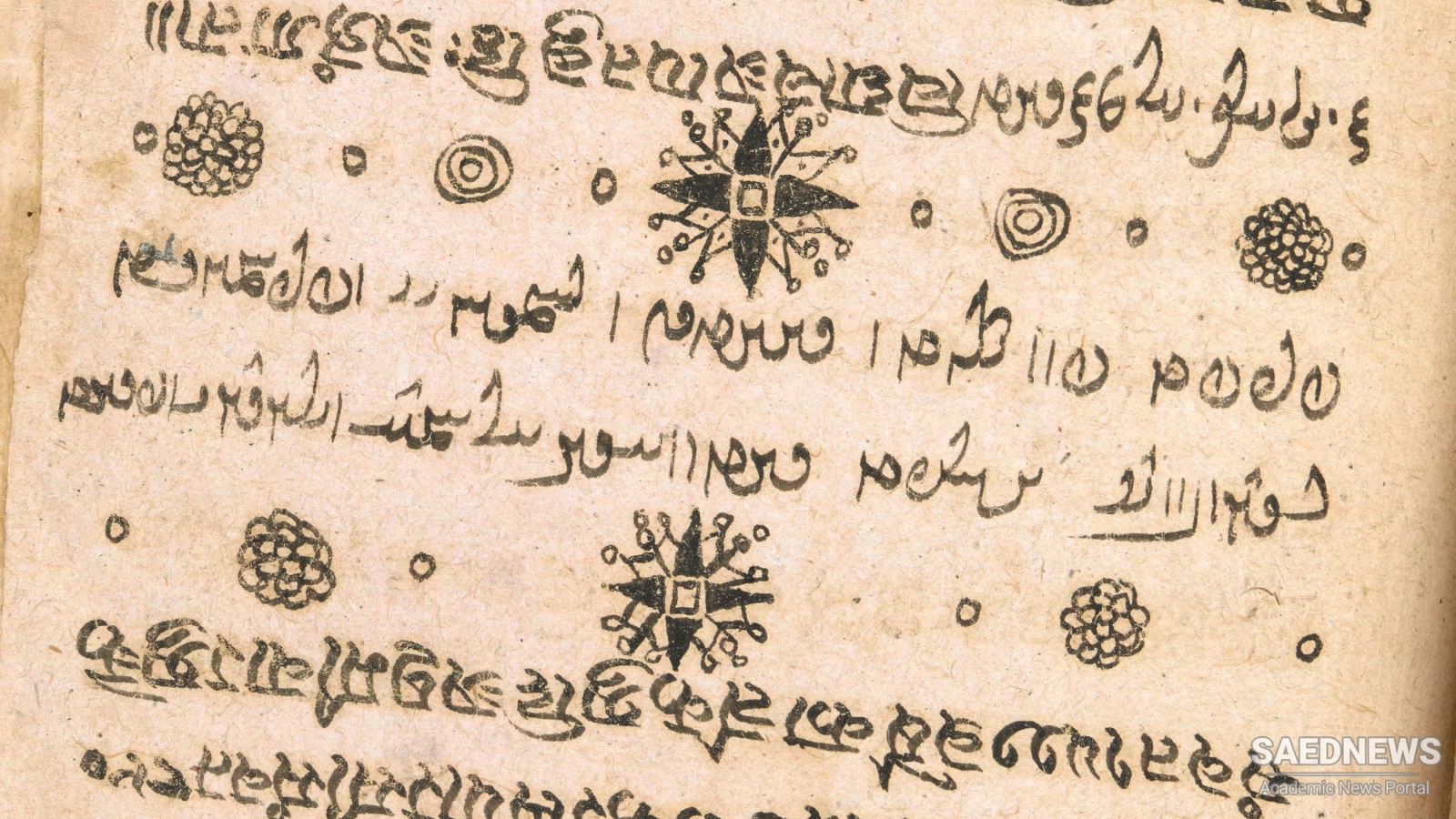It was probably in the Zoroastrian tradition of Iran that the millennium (hazarag) first earned an apocalyptic significance. It connoted the duration of a thousand-year cycle in the finite battle between the forces of good and evil, a cyclical struggle that shapes the whole of human history and will eventually end in the triumph of the Lord of Wisdom and his associates over Ahriman. The events of the End therefore came to be linked in Zoroastrianism, as in the Hebrew tradition, and later in other apocalyptic literature of the Middle East, with thousand-year periods, which were either explicitly or implicitly cyclical or, as in the conventional Christian apocalyptics, a one-time occurrence leading to an irrevocable End. Respectively, the centennial turns, as decimal denominations of the millennium, were often associated with temporary lapses of order. The spirit of decadence that has fallen upon humanity was to be rejuvenated with the turn of a new century. The Islamic notion of the “renovator of the beginning of the century” (i.e. of the Hijra calendar) and perhaps even the idea of fin de siècle in modern Western cultures, acknowledge such a centennial renewal. On a smaller scale, celebrating the beginning of a new year in most cultures also conveys a sense of cyclical renewal. The Persian celebration of the Nowruz at the vernal equinox, for instance, commemorates seasonal renewal as a token of the millennial turn.


 Zoroastrianism and Cultural Identity of Ancient Iran
Zoroastrianism and Cultural Identity of Ancient Iran














































